Activating Audiences in DC
We didn't found dog & pony dc to shake up the audience's experience, but the impulse was lying dormant in the backs of our minds—waiting to be activated like an undercover agent’s secret mission. Besides wanting to apply collaborative processes and movement-based approaches to theatremaking, Wyckham Avery, Lorraine Ressegger and I were getting bored with theatre as it was being produced in DC. Don't get me wrong: I love theatre. I love the DC theatre community. But overall DC produces and consumes theatre within the traditional, established paradigm of audience members sitting in the dark, watching an imaginary world unfold in front of them. We three longed to activate the audience experience and wanted increased collaboration between all the players in the theatrical production: producers, artists and audience. We felt it would not only create stronger, more complex productions, but it would amp up the intensity and immediacy of shows in performance. We started using the term “audience integration,” after working with Michael Rohd on Full Circle at Woolly Mammoth Theatre Company in 2009. For Rohd "audience integration" was the time at which audience was introduced into the rehearsal process to test the play in production. We were drawn to the phrase because it acknowledged the integral role the audience played in the production process. Over time it has come to mean a number of things for us:
1) the role of the audience in the process of devising theatrical productions;
2) the methods employed over the course of a performance to involve the audience;
3) the point at which the audience is incorporated into the performance.
In production, audience integration has proved to be highly elastic. On one end of the spectrum, the audience is simply a witness; at the opposite end, the event cannot move forward without audience propulsion. Audience integration is not the same for every show (nor should it be), and no matter the approach, each individual audience member has to be able to choose how s/he wants to integrate. As the creators of the theatrical event it is our job to make the sandbox in which we all—performers and audience—will play come show time, and we have a responsibility to care for all participants. The audience is coming to our house to play so we need to provide a range of toys and snacks.
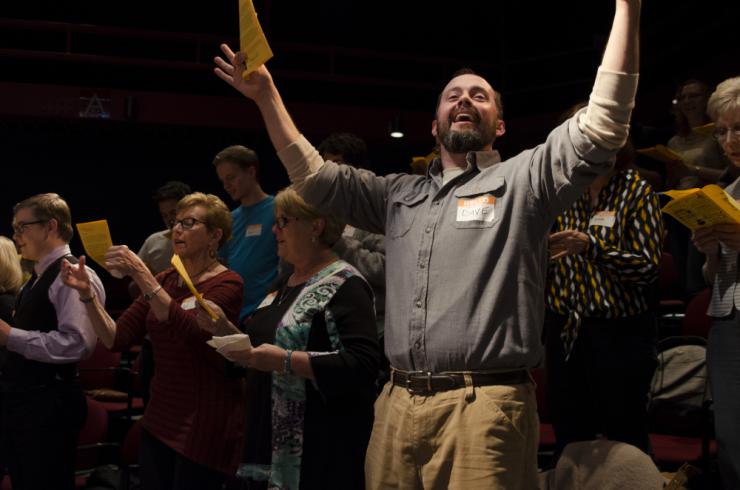
When dog & pony dc began devising the show that would become Beertown, we decided to make audience integration a critical narrative device. Armed with the question “What does it mean to be American?” and a range of inspiration sources, we developed a narrative that involved the audience in the act of voting at a town’s civic ceremony: Beertown’s 20th Quinquennial Time Capsule Ceremony. Beertown examined how we actively participate in the shaping of our history. History is a construct, Beertown proposed, so how do we participate in creating our personal and communal histories through what we choose to remember and how we choose to remember it? What objects serve as a town's "artifacts"—carrying the collective memories of its citizens forward over time and telling their story? Through audience integration, the audience members become residents of Beertown over the course of the performance. In this way, Beertown allowed audiences to participate first-hand in acts of artistic civic engagement. Each audience became voices of support or dissonance, ultimately charged with making the final decision about the way Beertown would be remembered for the next five years. Our question became how do you cultivate deep investment in a room of strangers about an imagined community? By weaving and welcoming them in through simple invites. Beertown’s audience integration started at home. We opened each show with a dessert potluck and encouraged audiences to bring a dessert to share. (Later many noted the thought “will my cookies be eaten?” was the moment they started to feel a sense of community).
We emailed ticket buyers before the show a memo from the ombudsman’s office reviewing voting procedures . We gave everyone name tags and commemorative “Time Capsule Day” T-shirts at the door. The cast, in character, interacted pre-show with everyone authentically, casually, and softly as peers. During the show we recited the Pledge of Allegiance together (led by an audience member); we sang the town hymn together; we directly asked select members intimate questions; we invited more casual conversation at intermission. And only after all that did we reach the point in the ceremony when the floor was opened for questions and thoughts from the “town citizenry.” It was a formula that was meticulously crafted and embedded into the narrative of the show, with key elements recognizable by almost everyone who attended as standard civic-ceremony components. After workshop-performances and numerous dress rehearsals, we knew the show primed audience members to question, debate, and vote. What we didn’t realize was the extent to which they would care, passionately, about the fate of Beertown’s time capsule and its contents.
Every performance of Beertown last fall was a unique experience because of audience composition.
We also didn’t appreciate until we entered the full run how welcoming an environment we had constructed. We followed our tenets of audience integration to the letter, and it paid off. Every performance of Beertown last fall was a unique experience because of audience composition. Our challenge for the upcoming summer remount of the show and potential subsequent iterations is how to encourage debate around who is in the room at that performance—the “Beertown of the night” if you will. We think there is a subtle shift in performance that may help: perceive the audience as scene partners in a long form improv from jump, rather than as students we need to train-up to the task at hand. dog & pony dc is still in the process of figuring out audience integration—from how we describe it, to why it works (and why and when it doesn't).
For now we are drawn to push the boundaries further, to test the approach's extremes rather than explore more subtle expressions. As a ring leader for projects, I am just beginning to involve audience integration in the birthing stages of new projects: What is the area of inquiry we want to explore? What is a new way to experience theatre that might naturally correspond with this area of inquiry? What is the agency we’ll provide the audience (for example, to explore creativity, divergent thinking, and the brain by devising a show in which the audience invents something)? Audience integration keeps us on our toes as artists—curious, humble—and, hopefully, keeps more DC area theatre-goers also on tip-toe—inquisitive, engaged, and in the moment.

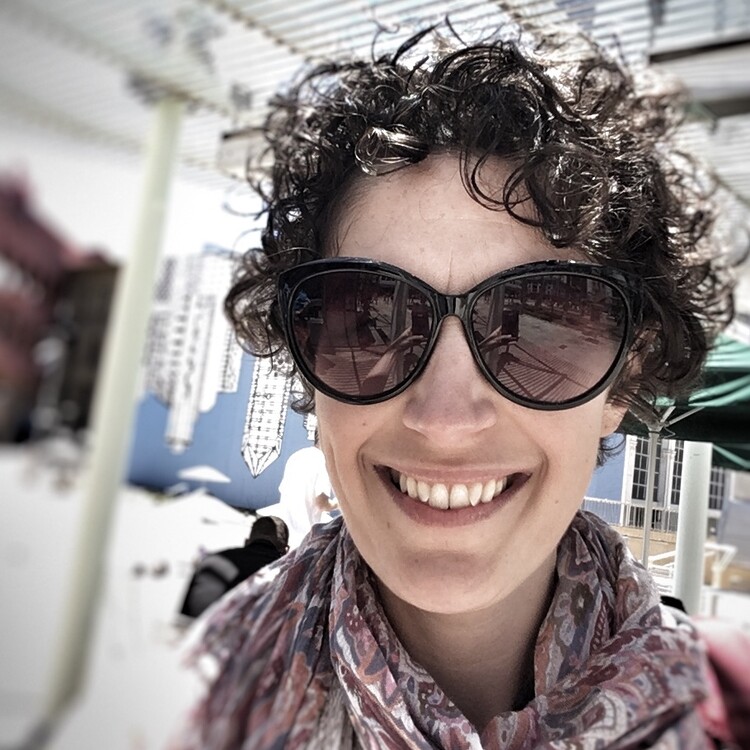
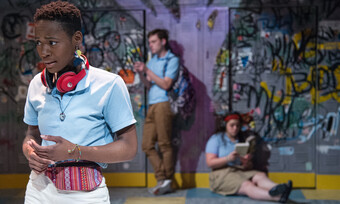


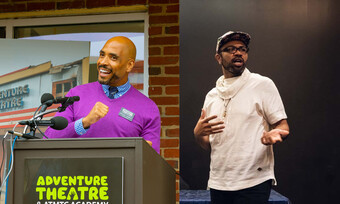
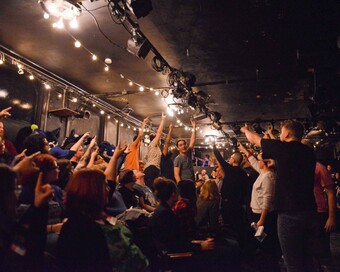

Comments
The article is just the start of the conversation—we want to know what you think about this subject, too! HowlRound is a space for knowledge-sharing, and we welcome spirited, thoughtful, and on-topic dialogue. Find our full comments policy here